Food technology and engineering
Within the specialty “Food technologies“ bachelors are trained according to the educational and professional program “Food technology and engineering“
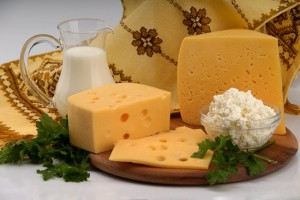
Students of the educational and professional program “Food ttechnology and engineering“ study the composition and properties of dairy raw materials, technological processes of production of various dairy products - drinking milk, fermented milk drinks, sour cream, ice cream, solid, soft and sour milk cheeses, canned milk, butter, functional and special purpose products, as well as ways and methods of determining the quality and safety of dairy products.
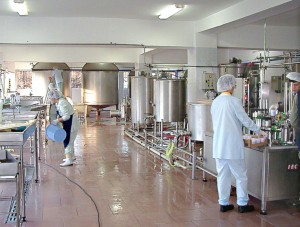
When studying Ice cream technologies students study in detail the requirements for all types of raw materials for the production of ice cream, technological processes and modern equipment for the production of a wide range of ice cream based on dairy and fruit and berry bases: eskimo, creme brulee, sherbet, fruit ice, plumber, creamy, dairy, ice cream cakes, as well as new types of packaging for ice cream.
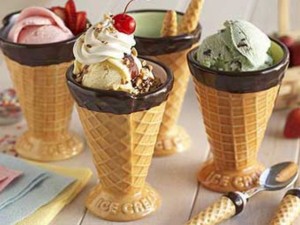
When studying Technologies of baby food products students study the production technologies of children's dairy products. Dairy products for baby food include products (dry, liquid and pasty), intended for mixed and artificial feeding of healthy children from birth to 1 year, and products for healthy children from 1 year before 3 years and preschool age and in the third group - products for children with various pathologies. The indicated products are produced by the dairy industry of various countries under the following names: "Baby", "Little", "Baby-0», "Baby-1", "Robolact", "Robeby A", "Would you do", "Milazan", "Plasmolak". "Oskalak" (Iwaist); "Almiron B", Frizolak (Netherlands); "Baby, "Bebiko-N", "Lactovit" (Poland); "Detolact", "Ladybug", "Vitalact", "Vitalact DM", "Vitalact enriched" and others. 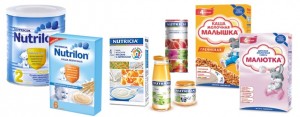 The market of children's products is the most important problem today. Consumers do not really trust the domestic manufacturer. At the same time, very little attention is paid to the production of children's dairy products in Ukraine, which is explained by the following reasons: high level of component prices, obsolete equipment, limited access of domestic baby food products to the European market, therefore, this specialization is very relevant in the dairy industry.
The market of children's products is the most important problem today. Consumers do not really trust the domestic manufacturer. At the same time, very little attention is paid to the production of children's dairy products in Ukraine, which is explained by the following reasons: high level of component prices, obsolete equipment, limited access of domestic baby food products to the European market, therefore, this specialization is very relevant in the dairy industry.
Food safety — discipline, which describes the processing, preparation and food storage so, to prevent foodborne illness. It includes a number of procedures, which should be followed, to avoid potentially serious health hazards. A system is a widespread model of food safety management in global practice, which is based on principles HACCP.  Based on these principles, appropriate national standards have been developed in many countries of the world, containing requirements for food safety systems. And in the countries of the European Union, In the USA and Canada, the implementation of HACCP systems is mandatory for all food industry enterprises.
Based on these principles, appropriate national standards have been developed in many countries of the world, containing requirements for food safety systems. And in the countries of the European Union, In the USA and Canada, the implementation of HACCP systems is mandatory for all food industry enterprises.
Technologies for drying dairy products include study of the technology of the range of dry products. Today nand the largest specific gravity is various types of dry whole milk and skimmed milk, at that time, new types of dry dairy products are being mastered: quick-dissolving whole milk and its varieties, dry mixes for various types of ice cream, dry mixes for fermented milk drinks, dry milk mixtures for baby food. Dry cream with and without sugar is also produced, high-fat dry cream.
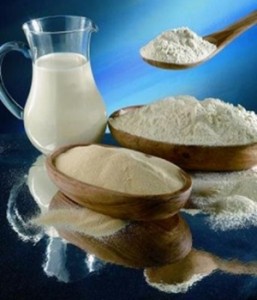
Important importance is given to dry dairy products from by-products (secondary raw materials). Dry whey is obtained from milk whey, used in the baking industry, in medicine, during the production of ice cream and processed cheeses, other branches of the national economy. Buttermilk is used to make dry buttermilk, etc.
Discipline Technology of butter and spreads introduces the requirements for all types of raw materials for the production of butter and spreads, technological processes and modern equipment for the production of a wide range of butter and spreads. Butter – foodstuff, obtained from cow's milk, consisting mainly of milk fat and plasma, into which all the components of milk partially pass – milk sugar, squirrels, phospholipids, mineral substances, water and vitamins. In addition to classic butter, produce combined oil, in which milk fat is partially replaced by vegetable oils, as well as fatty products – brewed mixtures and spreads.
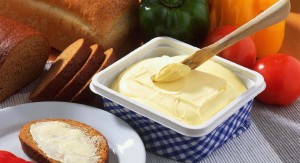
 The market of children's products is the most important problem today. Consumers do not really trust the domestic manufacturer. At the same time, very little attention is paid to the production of children's dairy products in Ukraine, which is explained by the following reasons: high level of component prices, obsolete equipment, limited access of domestic baby food products to the European market, therefore, this specialization is very relevant in the dairy industry.
The market of children's products is the most important problem today. Consumers do not really trust the domestic manufacturer. At the same time, very little attention is paid to the production of children's dairy products in Ukraine, which is explained by the following reasons: high level of component prices, obsolete equipment, limited access of domestic baby food products to the European market, therefore, this specialization is very relevant in the dairy industry. Based on these principles, appropriate national standards have been developed in many countries of the world, containing requirements for food safety systems. And in the countries of the European Union, In the USA and Canada, the implementation of HACCP systems is mandatory for all food industry enterprises.
Based on these principles, appropriate national standards have been developed in many countries of the world, containing requirements for food safety systems. And in the countries of the European Union, In the USA and Canada, the implementation of HACCP systems is mandatory for all food industry enterprises.